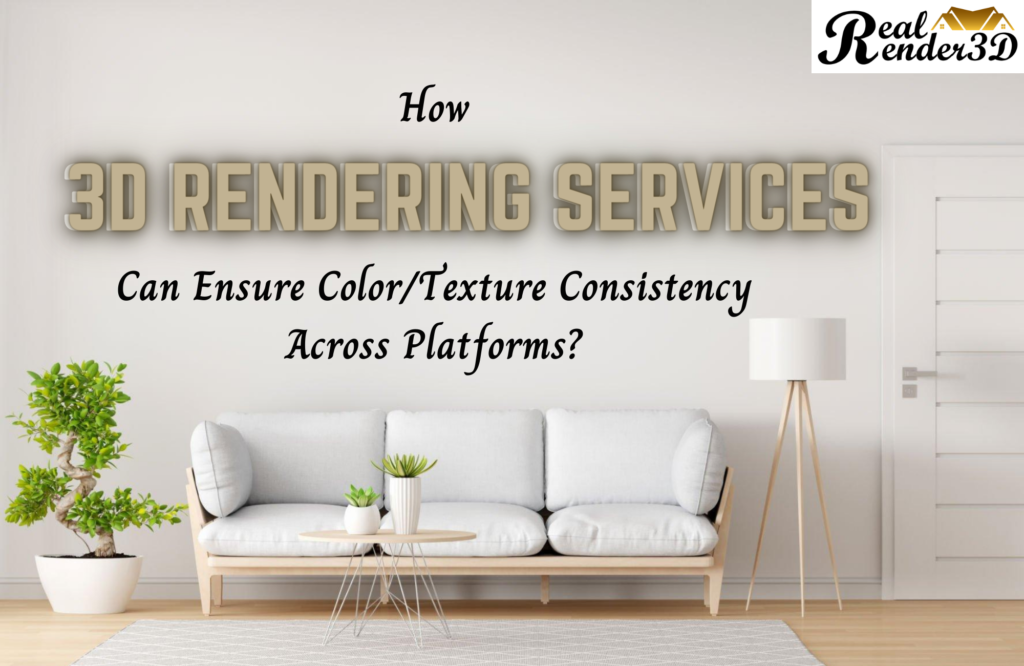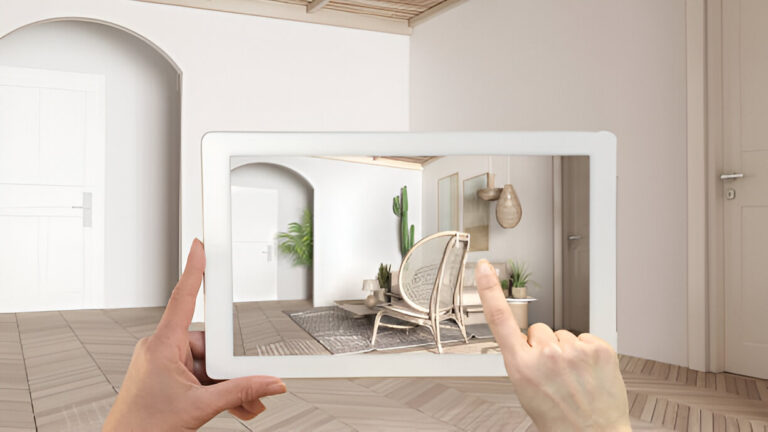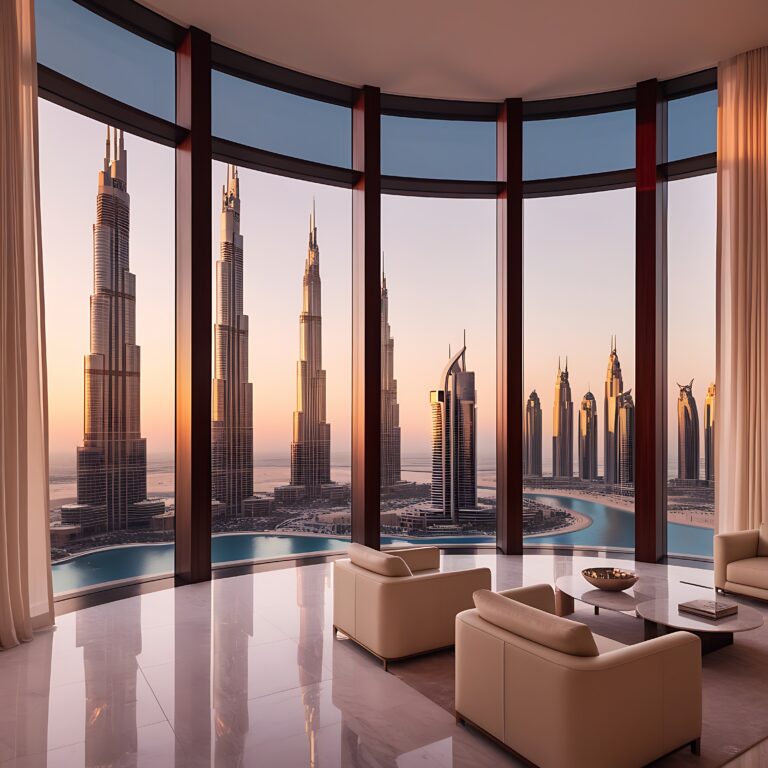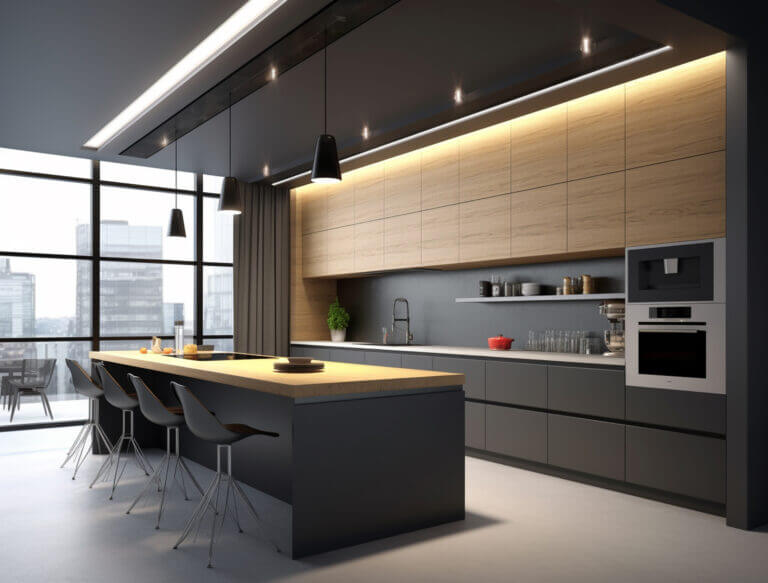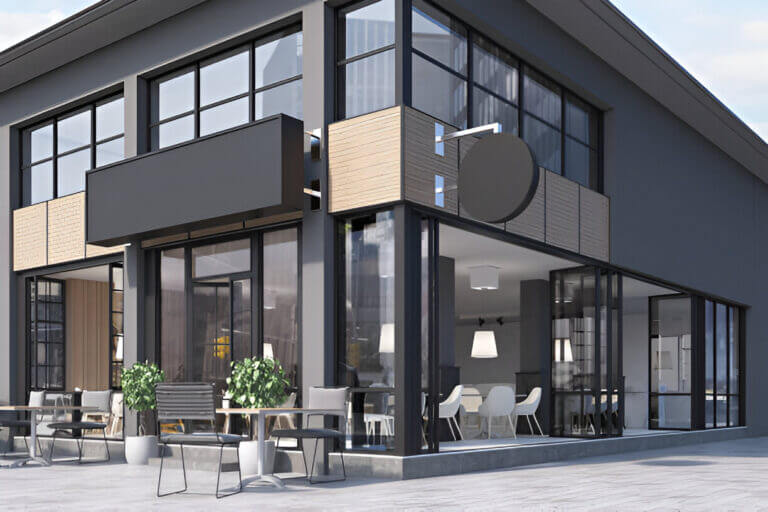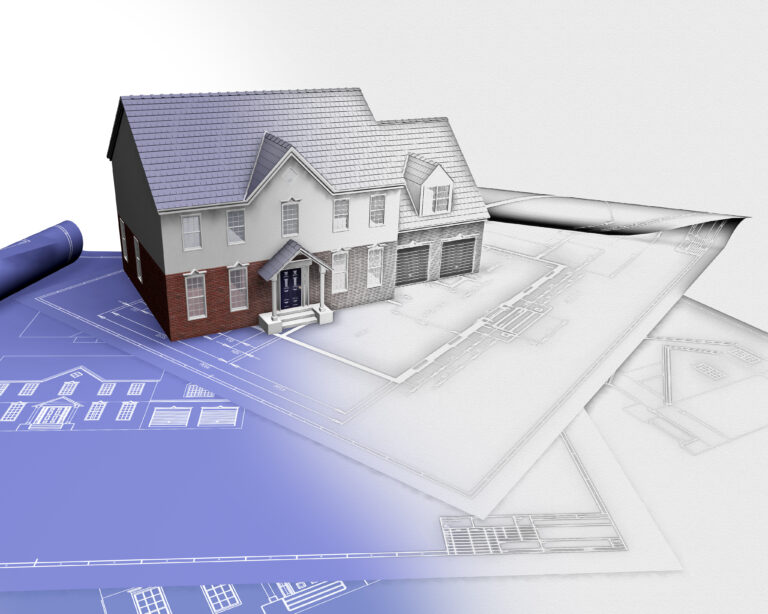Introduction
3D rendering is the process of creating a 2D image of a 3D model produced by computer software. It involves creating a virtual scene with 3D objects and setting up materials and lighting to transform them into augmented reality. 3D visualizations give us the idea of an accurate picture before the completion of a project. 3D artists can choose how to transform the 3d animations into closely real or surreal images. There are several benefits of 3d, which include;
1. Cost-effective

The cost of 3d rendering services when creating a product is one of the best selections, especially when met with the challenge of making several purchase decisions. This is because it can be utilized to create multiple images without additional costs for equipment, personnel, or location.
2. Infinite variations
3D rendering ensures one can visualize products into an uncountable number of variations. This level of flexibility is of great significance for brands that have product lines that keep shifting or need a variety of marketing visuals facilitated by 3D architectural visualization. From shifting colors and materials to modifying the sizes and configurations, 3D rendering services offer a world of possibilities. This is crucial, especially in the context of advertisements, since brands can simply create customized visuals for eventful promotions, launches of new products, or marked marketing campaigns without performing time-consuming and costly photoshoots. Check out Transform Home Designs with 3D rendering services.
3. Asset Variability

When a 3D model is created, it can be remodeled for different properties like VR/AR adventure, 360-degree product views, and explainer animations. These valuables assist customers in exploring a product from every angle, zooming in on details, especially for interior spaces, and engaging with various design elements. This level of interaction can attract the viewer and create an illuminating and unforgettable adventure. It ensures they effectively communicate with the service providers as they have further engagements with the product. 3D interior rendering services facilitate all these. Check out Why 3D Rendering Services Matter for Interior Designers for more information.
4. Easy Edits and Updates
Modifying a 3D model is more cost-effective and accessible than reshooting a physical product. This simplicity in editing guarantees that marketing visuals can be adjusted faster to think about the changes in product design or marketing technique.
Practices to Ensure Consistency in 3D Models Across Various Platforms.
1. Use Standard formats
The first step in ensuring your 3D models is consistent throughout various platforms is to use standard formats that are highly compatible and supported by various tools and engines. For instance, you can utilize GLTF, OBJ, and FBX as standard formats for 3d product rendering, while JPG, TGA, and PNG are used for textures. These formats can preserve the high quality and level of detail of your product design and textures. These formats can also be imported and exported by most software. However, when selecting, you need to know the limitations and particulars of every format and select the one that meets your desired goals and needs.
2. Optimize Polygon Count and Texture Size.

Another significant factor to consider when seeking consistency is the polygon count and size of the texture. Polygon count refers to the number of triangles that constitute the surface of your 3d model, while texture size is the resolution and dimensions of your design image. These factors impact both the quality of vision and the speed your 3d model takes to load. It would help if you optimized them depending on the target audience. For instance, if you want to reduce the texture size and polygon count for mobile phones, which have a lower memory and processing power than PCs, you can use different tools and methods for optimizing your textures and 3d models. These include texture compression, level of detail, or mesh simplification.
3. Test on Different Devices
You must test your game on different settings and devices to ensure consistency throughout various platforms. Testing assists in identifying and correcting errors that may arise from the various screen resolutions, hardware, or software. You can use emulators, simulators, or real devices to test your game on various programs and monitor how they look and behave. It is also advisable to test your game on various graphics settings like low, high, and medium and adjust your 3d models appropriately to ensure that you have created an illuminating experience for your users.
4. Apply Post-Processing Effects.

Another way to enhance the quality and consistency of your 3d models through various platforms is to use post-processing effects. Post-processing effects refer to visual effects applied after the 3d rendering services and can boost the appearance and create realistic 3D models. These include shadows, reflections, lighting conditions, or color grading to create various moods and atmospheres for your game. However, you must be cautious enough not to use these effects dramatically till they become so surreal. Misusing these effects can negatively influence your game performance and compatibility on the various platforms. It would help if you struck a balance between using post-processing effects and optimizing and testing your 3d models. It is always advisable to select the ones that meet the style of your game.
Conclusion
With the continuous growth in visual content marketing, businesses must embrace the change and stay creative and aggressive. Most online shoppers depend on product images when making purchase decisions. Even though traditional product photography has benefits, 3D rendering provides a cost-effective option that assists businesses in scaling their visual content marketing quickly. By adopting 3D rendering, brands can develop an understandable library of 3D models that will be pioneers for numerous marketing visuals. Right from high-quality product images to engaging AR experiences, 3D rendering provides a window of infinite possibilities for innovation and specification.
Frequently Asked Questions
1. What is the process of rendering in application to 3D modeling?
3D rendering refers to converting 3D models into 2D animations, absolute with texture, lighting, and shadow effects. It is the last stage in the GCI pipeline that gives rise to the 3d model. The 3D modeling process incorporates the development of harmonious wireframe descriptions of objects.
2. What specializations are made for rendering computers?
You must seek a computer with an i9 processor, Intel Core i7, or an AMD Ryzen processor. These processors contain several cores and can accommodate complex computations needed for 3D modeling and rendering.
3. Why is 3D rendering significant in architecture?
3D renders can envision any worthy design project within the architectural industries, manufacturing, construction, real estate, and interior design. They assist designers in getting inspiration and identifying and correcting errors before construction.
4. What is the main objective of 3D rendering?
3D rendering allows observers to view objects in a video or picture format captured from particular areas in the scene to get the best angle of sight of every included object.
5. How does the rendering process flow?
The raw materials from the ground are heated in large vessels that also shake the material to ensure uniformity of the cooking oil, which will facilitate the separation of the liquids from the solids. After the cooked materials have been passed over a screen to ensure free liquids are drained, the cooked solids are pressed to release any remaining liquids.
6. How effective is rendering?
Rendering your home provides some real advantages that can boost the value of your property, including prevention of dampness, aesthetics, and enhancement of insulation and energy efficiency.
7. What does rendering rely on?
GPU rendering utilizes the power of your graphics card, while CPU rendering uses the power of your processor. Both have benefits and limitations that rely on the type and complexity of your scene, the speed and quality of your render, and the elements of your rendering software.
Alex Smith is a content writer at RealRender3D, writing informative articles on 3D rendering, interior design, architecture, and related topics.
With over 15 years of experience at top UK architecture and interior design firms, Alex leverages his expertise to write engaging content educating readers on AEC industry trends and best practices.
Connect with Alex at alex@realrender3d.co.uk.
